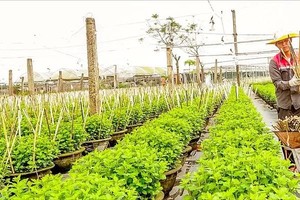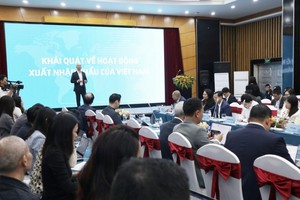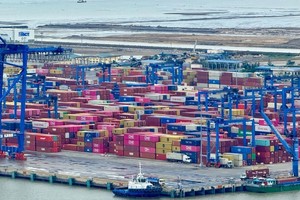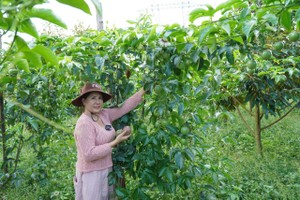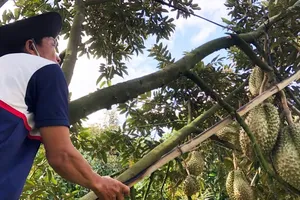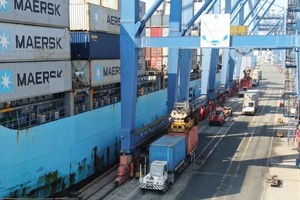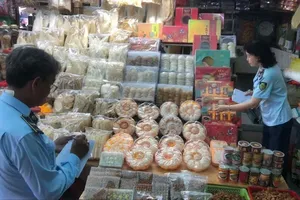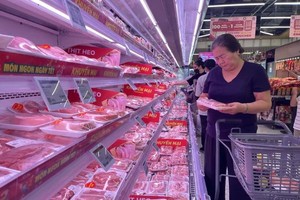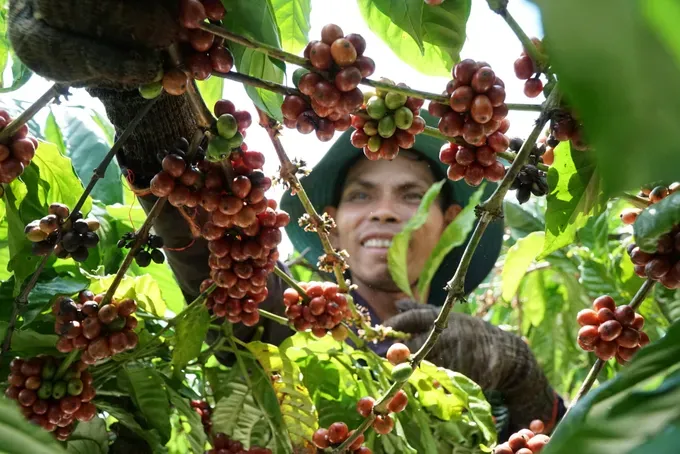
Dak Lak farmers celebrate strong yields and high prices as 2025–2026 coffee harvest begins. (Photo: SGGP)
On October 15, the domestic coffee market recorded a significant increase after several sessions of stagnation.
Coffee prices in the Central Highlands surged by VND700 (US$0.03) per kilogram, bringing the average price to VND114,400 (US$4.3) per kilogram, the highest level in the past two weeks. Specifically, prices reached VND114,500/kg in Dak Lak Province, VND114,200/kg in Gia Lai Province, and VND113,700/kg in Lam Dong Province.
This upward trend is attributed to a rebound in global coffee prices and a sharp decline in inventories amid recovering consumption demand ahead of the year-end festive season. Increased buying activity from international roasters has also contributed to supporting domestic prices.
According to the Vietnam Customs Department, in September 2025, Vietnam exported 81,000 tons of coffee worth US$462 million, up 58 percent in volume and 61 percent in value compared to the same period in 2024.
As of the end of September, total coffee exports reached nearly 1.24 million tons, valued at US$7.01 billion, representing a 12 percent increase in volume and a 62 percent surge in value year-on-year. This figure already far exceeds the US$5.62 billion recorded for the entire year of 2024.
With coffee exports surpassing US$7 billion in just the first nine months of the year, it is almost certain that Vietnam will exceed the Ministry of Agriculture and Environment’s full-year target of US$7.5 billion in 2025. In fact, the country is well-positioned to set new export value records. The key driver behind this strong performance is price, which has remained high throughout the year and is forecast to stay elevated through the fourth quarter.
According to the Import-Export Department under the Ministry of Industry and Trade, the average export price of Vietnamese coffee in September 2025 reached US$5,700 per ton, up 4.2 percent compared to August 2025.
For the first nine months of the year, the average export price stood at US$5,655 per ton, marking a sharp increase of 45.2 percent compared to the same period in 2024.
The Import-Export Department forecasts that global coffee consumption will continue to rise sharply in the final three months of 2025, as many countries enter the winter season and year-end festive period, traditionally the peak of annual demand. This creates favorable conditions for Vietnam’s coffee industry to further boost exports, especially as the new harvest has already begun.
Vietnam’s coffee industry has officially entered the 2025–2026 harvest season, which runs from October 2025 to September 2026.
According to projections by the United States Department of Agriculture (USDA), Vietnam’s coffee production in the new crop year is expected to increase by around 7 percent compared to the 2024–2025 season, reaching approximately 31 million bags, of which 24.6 million bags are projected for export.
Lam Dong coffee granted GI certificates
The Intellectual Property Office under the Ministry of Science and Technology, on October 15, awarded Geographical Indication (GI) to two varieties of coffee of Lam Dong Province, Arabica and Robusta.
At present, coffee is the primary crop in Lam Dong Province, with a cultivation area of 327,000 hectares, accounting for 45.02 percent of the country’s total coffee-growing area. In 2025, the province’s coffee output is estimated to exceed 1 million tons, representing approximately 50.49 percent of Vietnam’s total coffee production.
According to the Department of Agriculture and Environment of Lam Dong Province, six high-tech coffee production zones have been officially recognized across the province, covering a total area of 2,268.48 hectares and involving 1,404 farming households.
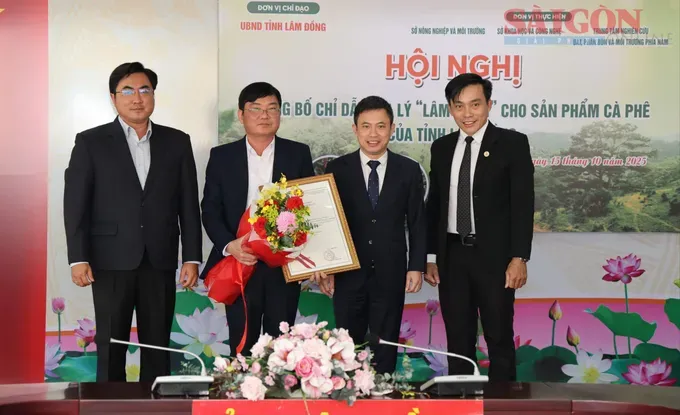
The Intellectual Property Office under the Ministry of Science and Technology, on October 15, awards Geographical Indication (GI) to two varieties of coffee of Lam Dong Province, Arabica and Robusta. (Photo: SGGP)
Key technologies being applied include water-saving irrigation systems, smart fertilization through an irrigation system, and Integrated Plant Health Management (IPHM). These innovations help optimize resource use, reduce input costs, and improve product quality.
The granting of the geographical indication by the Intellectual Property Office for Arabica and Robusta varieties from Lam Dong, including green beans, roasted beans, and ground coffee, not only affirms the quality, reputation, and unique identity of Lam Dong coffee but also opens up new opportunities for brand development, added value enhancement, and the promotion of a sustainable production–processing–consumption value chain.




